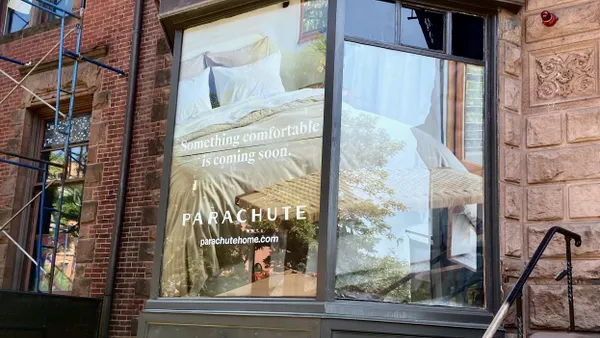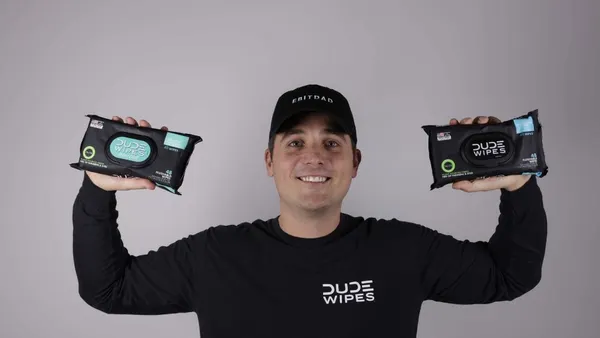As a retailer, there are a number of tentpole events that you can leverage to drive shoppers in-store. With precise targeting, effective tools, and actionable insights, you can reach shoppers around the events that matter most to them. Here’s how to win at retail, year-round.
Retail e-commerce sales in 2018 were expected to surpass $2.8 trillion globally, and online transactions are growing at three times the rate of offline transactions. However, almost 50% of Americans still prefer to shop in-person, and 64% of the country's total shopping budget is spent in-store.
Shopping trends will continue to emerge and vary depending on the event. For example, back-to-school shopping is no longer crammed into the days leading up to the new school year and Black Friday is no longer considered a one-day event — it has become a week-long affair.
In order to capitalize on consumer spending during these key events, marketers need to strategize around how they are going to connect with shoppers across channels, drive foot traffic to stores, and ensure all channels are all-knowing, at all times.
Connecting customers to your brand
As a marketer, you’ll likely want to start from the digital opportunities that will result in more shoppers, shopping more often.
Your success not only depends on investing in the right media channels, but also in the right audience targeting solutions. To reach high opportunity shoppers and increase your sales, build your target audience from individuals that are showing purchase intent. This can mean they have consumed relevant content about the event, your brand or even your competitors online. With diverse and unique audience pools, you can develop an understanding of the nuances for distinct decision makers who are in-market.
Another surefire approach to maximizing sales around a key event, such as Valentine's Day, Mother's Day or back-to-school, is to ensure your messaging speaks to the unique needs of each customer. For example, back-to-school shoppers will visit multiple stores to find the right products. Knowing what types of retailers your audience shops at — another insight that location data is equipped to reveal — can open the door for you to identify and reach the most active shoppers.
Bridging the gap between online and offline
Most campaigns — no matter what channel they're delivered on — aim at influencing consumers to take an action and visit the place where a product can be seen, or a purchase can be made. A car ad needs to get someone to visit a dealership and take a test drive; a beer ad should get someone to go to the store and purchase a six-pack.
Visits are a powerful metric to understand the performance of each channel in driving consumers to your stores and measuring cross-channel ROI. These learnings can provide a complete picture of your campaign's performance and can then be used to refine and optimize your media mix for ongoing and future buys.
Using offline intelligence to optimize campaigns
It's really no secret to digital marketers that online behavior only accounts for a sliver of how consumers live, act and buy. Brands need a window into people's real-world actions if they want to understand the actual customer journey, because it now takes place seamlessly across online and offline channels. That's where location intelligence comes in.
By leveraging high-quality and historical location data at scale, location intelligence can enable brands and marketers to predict the future behaviors of consumers in the physical world. You'll be able to go beyond seeing where they've been, and get a clearer picture of where they'll want to go. That kind of continuous feedback provides a unique advantage of being able to keep your campaign ahead of the game.
Are you leveraging key events to drive your customers in-store? Download this Mother’s Day Infographic to learn more about how to reach the right person in the right place, increase visits to your store and measure your campaign successes accurately.









